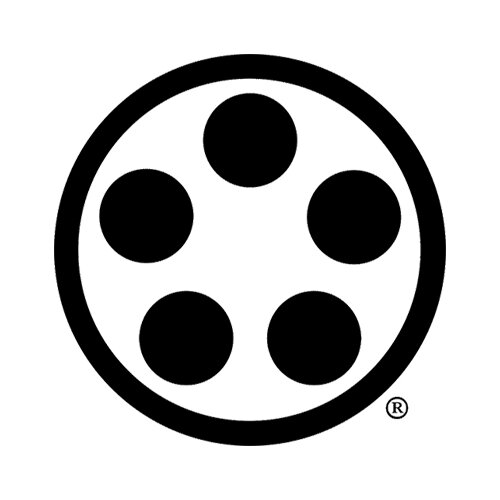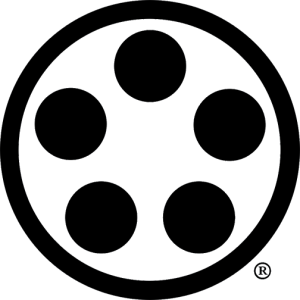A Farther Gate Beyond Technique - Socrates and Bujutsu
Students, at least serious students, take the time to learn what the various Japanese words used in their dojo mean. They find, for example, that bujutsu may be translated as “martial art or science” and, understanding that, proceed happily on their way, serene in the knowledge that they know what they are supposed to be doing.
But, did you ever consider taking this a step farther? By this, I mean really digging into that definition.
The bu is not too difficult. “Martial” is fairly self-explanatory: it obviously refers to the military. However, before you skip to the next part of the definition, you might pause to give this some thought.
If you are a military veteran, you have a very good feel for what the military is all about. If, however, you have never been a member of the Armed Forces, your knowledge of the military life-style and philosophy is probably limited to what you have seen in the movies or on television. This is something you should correct, and I strongly suggest that you read the Brotherhood of War series by Griffin. True, these books are about 20th century soldiers and not 17th century samurai, but the military mind-set has been remarkably constant throughout the ages and around the world, and this series of novels does about as good of a job as I have seen in explaining it. As Musashi said, “There just aren’t that many different ways to kill people,” so warriors of all times and all places tend to be very similar.
Before you say, “But sensei, I don’t have the slightest interest in modern soldiers; I only want to learn ko-ryu bujutsu,” stop and give that statement some very careful thought. Basically, if you don’t learn the military mind-set, you are just playing at this business.
Now, on to -jutsu, which is what this article is all about. “Art or science.” That seems to be a strange combination, doesn’t it? Also, when are we going to get to that mention of Socrates from the sub-title of this article?
Right now. I want you to start a Socratic dialog with yourself about -jutsu. By a Socratic dialog I mean that, instead of just blindly accepting a basic definition, you question yourself (intensely) about the absolute meanings of the words you are using in an attempt to penetrate to the very heart of the matter. (In a zen monastery, this sort of thing is called mondo and it is one of the methods used to achieve satori.)
So, now to “art.” Just what is art? Your first response is probably, “Something beautiful.” But, if you question this, you will come up with responses like these: “But, I don’t find the music of Wagner beautiful; I think of it as powerful.” or, “When I see a painting by Van Gogh, the first thought that comes to mind is, “This guy must have been deeply insane.”
If you look up the word in a dictionary, you are going to find a variety of definitions. The one I like the best—one which seems to fit what we do—is: “A conscious arrangement of movements in a way that affects the aesthetic sense.” And, aesthetics is defined as: “...psychological response to an artistic experience.” Putting these together, we get: “Art (in bujutsu) means to do a kata in such a manner that it affects the emotions of an observer.”
“…if you are a real artist, you can make them feel anything you desire.”
In other words, when you do your kata, the people who are watching are supposed to feel something. Intellectual interest isn’t enough; they have to experience an emotion. And, if you are a real artist, you can make them feel anything you desire.
“How in the heck do I accomplish that?” The obvious response to this question is, “I guess, before I can make others feel an emotion when watching my kata, I must feel an emotion while doing the kata.”
“But, I’m concentrating so hard on doing each technique properly that I just don’t have time to feel anything.” Again, the obvious response is, “Hmmm...I guess I’ll have to do the kata so many times that the techniques just happen and I don’t have to think about them.”
Do you see where this is leading? By establishing a Socratic dialog with yourself instead of just blindly accepting statements and definitions, you are learning both what you should be doing and how to do it. True, it would be very handy (and much faster) to have a master, one who has experienced satori, to handle the questioning side of the dialog, but such masters are few and far between. That means that, although you may make mistakes and miss some important questions, until you can get next to a true master you are going to have to do the job yourself. That is, if you ever expect to pass through the gate and penetrate to the heart of bujutsu.
Now, on to “science.” When you hear this word, you probably visualize someone in a laboratory and wearing a white coat. So, what is this person doing? Research, right? He is searching for answers. Not blindly searching; he is using what is known as the scientific method, meaning that there is a definite pattern to his work. (Simply stated, this means you establish a controlled situation and vary one element while observing the results. Then you test the experiment for repeatability.)
Your next questions should be: “When I go to the dojo, do I think of myself as engaging in scientific research?” “Do I have a definite pattern and method to my work?” and, “When I leave the dojo, have I discovered some new answers?”
“Be honest and objective and you may discover that you have been making some serious mistakes.”
What are your answers to these questions? Be honest and objective and you may discover that you have been making some serious mistakes. There are a lot of people out there who, although they work very hard, aren’t really doing bujutsu. They are training and they are getting better, but that is all they are doing. And true bujutsu is supposed to be much more than that.
Finally, what about that combination of “art” and “science” in our original definition. Although many people think of these as separate fields, basing this opinion on their mental images of the two types (i.e., scientists are very logical and neat, artists are emotional and sloppy) deeper thought reveals that there is a strong connection. Doesn’t the composer, for example, use scientific methods to create a symphony? Sure he does. After establishing the basic theme, he varies elements, one at a time, while observing the effect.
As in all fields, there are levels to bujutsu. In the beginning, your scientific discovery may be something like, “Boy, this kenjutsu stuff is much better when I keep the pointy end in front,” and the artistic expression may only result in the observer feeling amusement. With more research, and note the use of research instead of study or practice, the discoveries become more subtle. You will start finding things like, “Hmmm...If, when doing katate-dori shiho-nage, I make sure that not one of my fingers so much as touches uke above his wrist joint, the technique is much stronger.” And the people watching will start to think things like, “Jeez, that is one very frightening person.”
“I don’t have the vaguest idea of why it is happening, but watching this sends shivers down my back.”
Still, these are only way-points. Keep at this long enough and you will pass through the final gate and discover the tao of bujutsu. Then your discoveries can not be put into words, and observers will think, “There is something very strange going on here... I don’t have the vaguest idea of why it is happening, but watching this sends shivers down my back.”
This won’t happen soon; expect to spend a few decades to achieve such a level. Neither is it something your instructor can teach you; you have to find the answers within yourself. But, this is the true meaning, and the ultimate goal, of bujutsu.
The End


